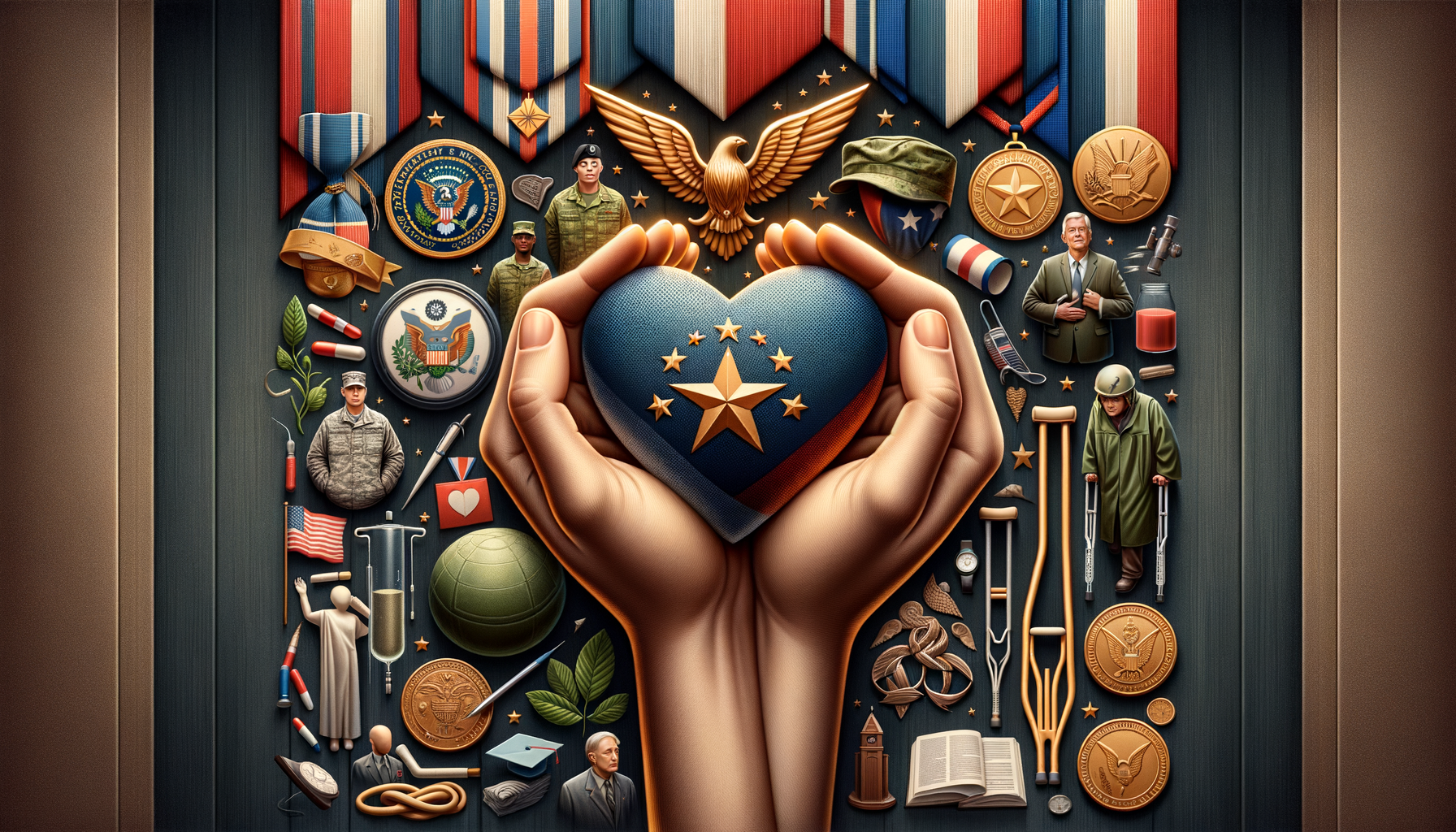What You Need To Know About Veteran Assistance
Explore the essential aspects of veteran assistance, highlighting available resources and support systems.

Introduction to Veteran Assistance
Veteran assistance is a crucial support system designed to aid those who have served in the military. It encompasses a range of services that aim to help veterans transition back into civilian life, ensuring they have access to the necessary resources to thrive. The importance of understanding these services cannot be overstated, as they play a pivotal role in the well-being of veterans and their families. From health care to education benefits, veteran assistance covers various aspects that cater to the diverse needs of former service members.
Health Care Services for Veterans
Health care is one of the most significant areas of veteran assistance. Veterans often face unique health challenges resulting from their service, including physical injuries and mental health issues such as PTSD. The Veterans Health Administration (VHA) provides comprehensive medical care tailored to these needs. Services include hospital care, mental health counseling, and rehabilitation programs. Access to these services is crucial, as it ensures veterans receive the medical attention they require to lead healthy lives post-service.
Additionally, specialized programs focus on areas like substance abuse treatment and support for those with disabilities. The VHA also works in collaboration with other health organizations to ensure a holistic approach to veteran care. By addressing both physical and mental health needs, these programs significantly contribute to improving the quality of life for veterans.
Educational Benefits for Veterans
Education is a powerful tool for veterans transitioning to civilian life. The GI Bill is a renowned program that offers educational benefits to veterans, covering tuition fees and providing a living stipend. This support enables veterans to pursue higher education or vocational training, equipping them with skills necessary for the job market. The GI Bill has evolved over the years to meet the changing needs of veterans, reflecting the commitment to their long-term success.
Moreover, additional programs like the Veteran Readiness and Employment (VR&E) service offer career counseling and job placement assistance. These initiatives not only enhance educational opportunities but also empower veterans to achieve their career goals, fostering a sense of purpose and direction in their post-military lives.
Financial Assistance and Housing Support
Financial stability is another critical aspect of veteran assistance. Various financial aid programs are available to support veterans in need. These include disability compensation for those with service-related injuries and pensions for low-income veterans. Such financial support is vital in helping veterans maintain their standard of living and manage daily expenses.
Housing assistance is also a significant component, with programs like the VA Home Loan Guarantee offering favorable loan terms to veterans. This initiative helps veterans purchase homes without the need for a down payment, making homeownership more accessible. Additionally, programs addressing homelessness among veterans provide temporary housing and support services, aiming to eradicate veteran homelessness altogether.
Community and Peer Support
Community and peer support play a crucial role in veteran assistance. Engaging with fellow veterans and participating in community programs can provide emotional support and a sense of belonging. Organizations dedicated to veteran support often organize events and activities that foster camaraderie and mutual understanding among veterans.
Peer support groups offer a platform for veterans to share experiences and challenges, providing a safe space for discussion and healing. These groups are instrumental in helping veterans navigate the complexities of civilian life, offering guidance and encouragement from those who have faced similar journeys. By building a strong support network, veterans can find the strength and motivation to overcome obstacles and thrive in their new environments.